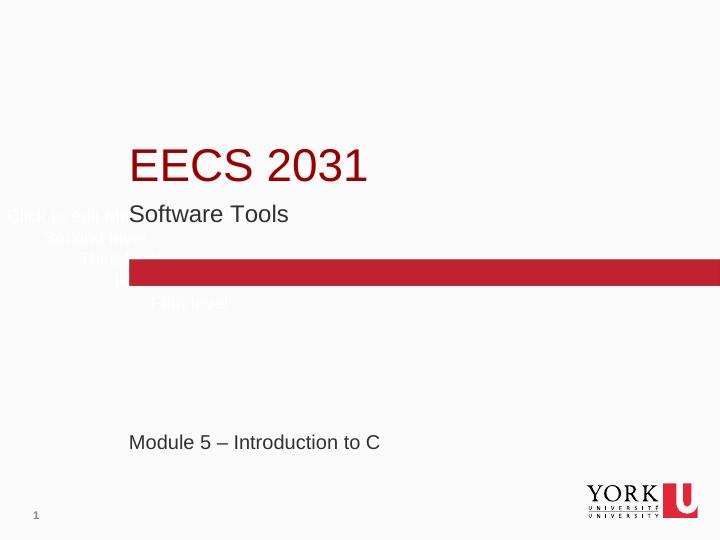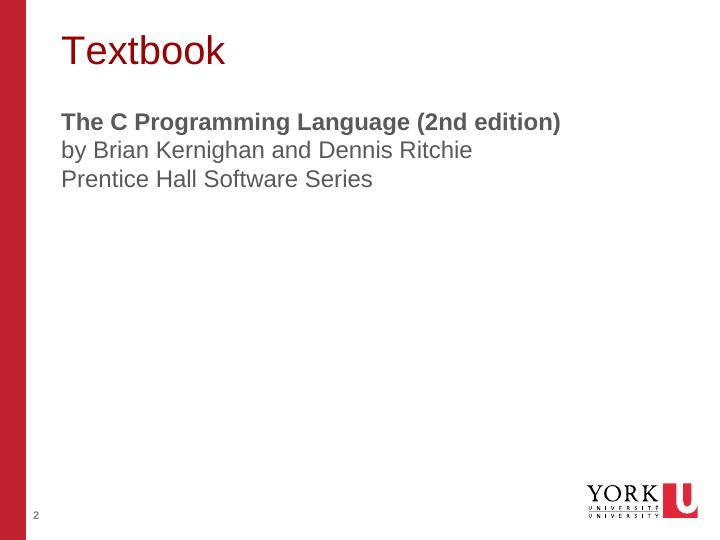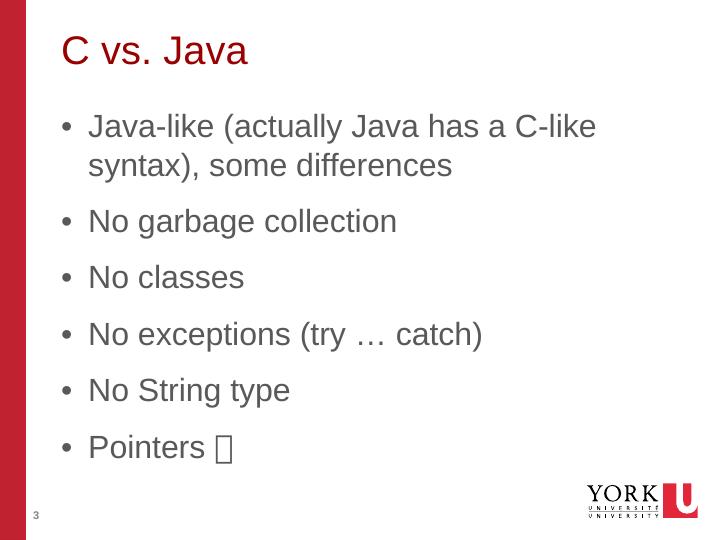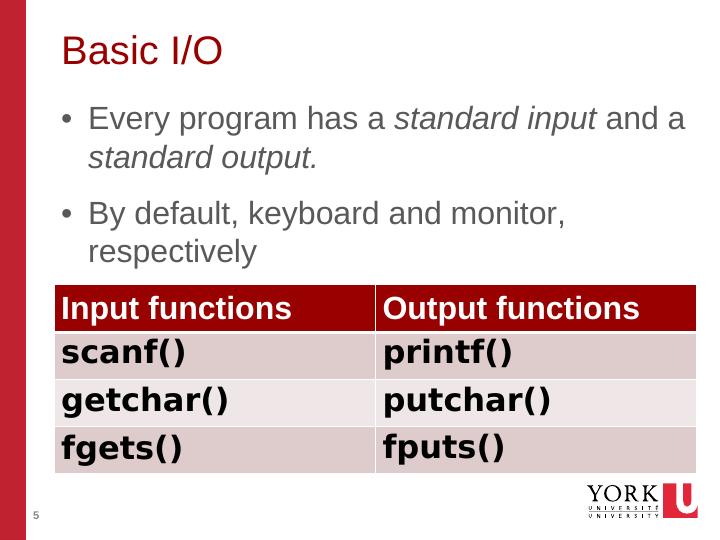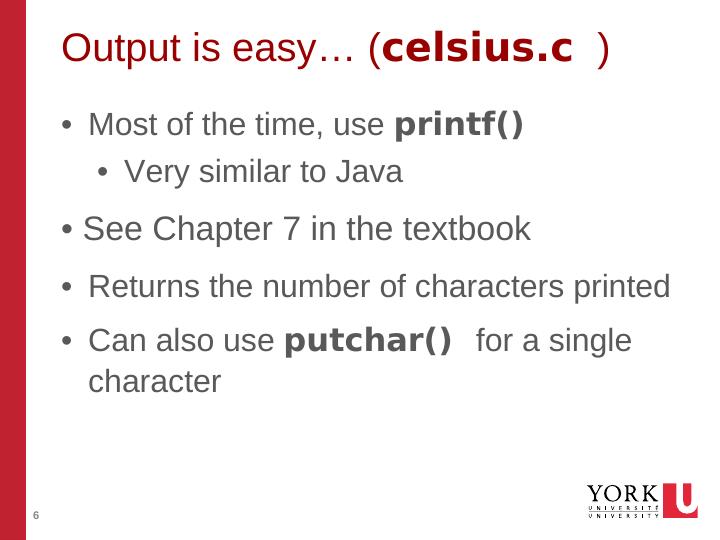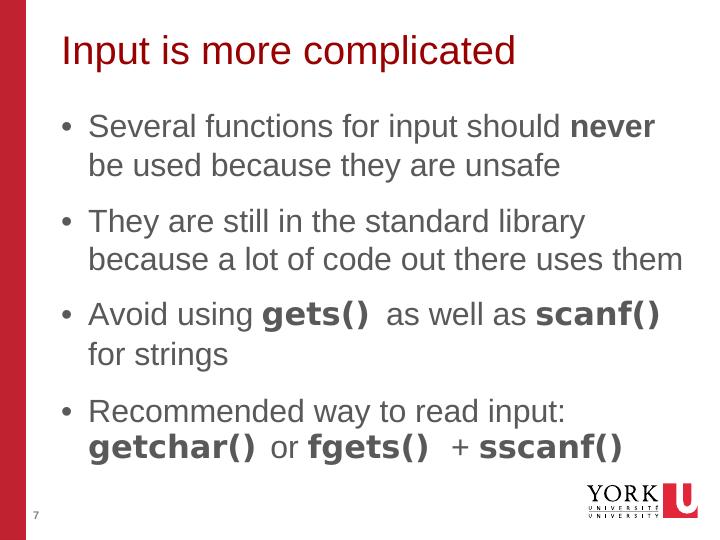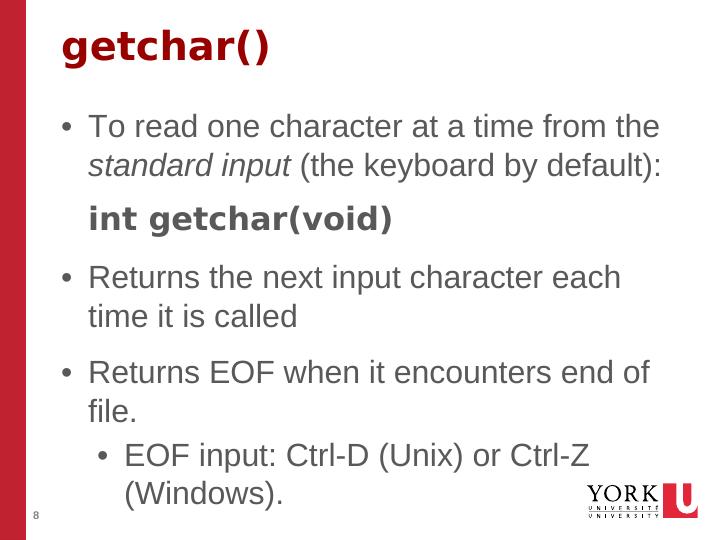Ask a question from expert
C Programming Language Assignment
44 Pages2042 Words197 Views
Added on 2021-03-18
C Programming Language Assignment
Added on 2021-03-18
BookmarkShareRelated Documents
End of preview
Want to access all the pages? Upload your documents or become a member.
C program code:.
|3
|530
|57
Hostel Management System
|25
|1266
|447
Common Programming Errors and Security Measures
|9
|2871
|70
Asking User for numbersof Students
|13
|771
|61
Questions on Stack Program
|11
|1305
|31
Data Type And String in Python Report
|9
|2149
|24
